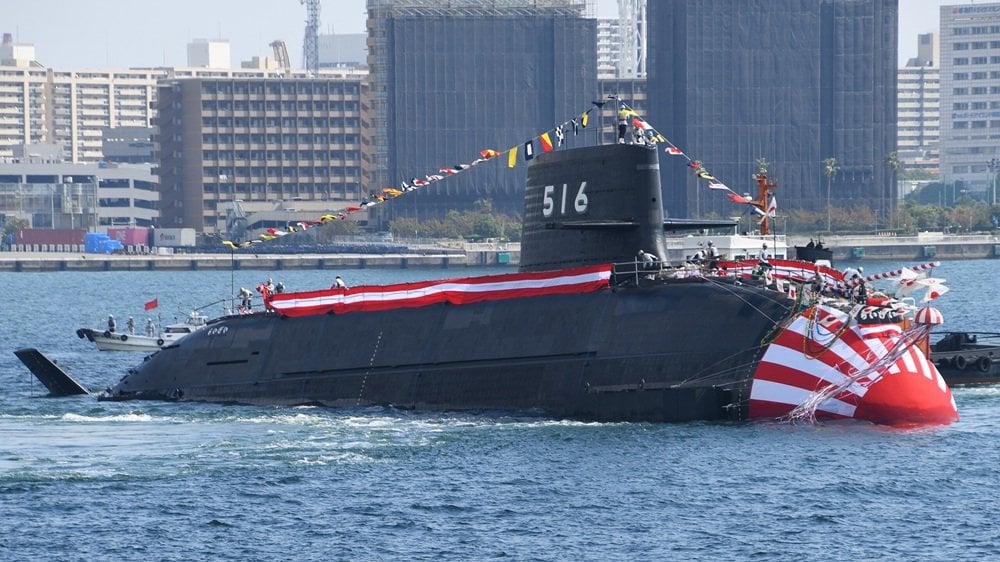Japan May Follow South Korea's Path in Seeking Nuclear Submarines

Prompted by the recent agreement between the United States and South Korea for the latter to acquire nuclear-powered submarines, Japan is considering going down the same path - which would be a radical move given prohibitions in the Japanese constitution and traditional anti-nuclear sentiment.
The agreement finalized between President Trump and South Korea's President Lee Jae Myung at Gyeongju on October 29, 2025, when Trump approved South Korea’s request to begin building its own domestic naval reactors and nuclear submarines, which would be run on American-made enriched uranium fuel. The recent agreement formed part of a wider trade and investment deal between Korea and the U.S., including a much-desired 15 percent overall U.S. tariff rate – low enough to keep Korean exporters competitive in the American market.
After the meeting, President Donald Trump suggested that South Korea’s submarines would be built by Philadelphia Shipyards, which was acquired last year by the South Korean Hanwha Group. However, South Korean defense minister Defense Minister Ahn Gyu-back cast doubt on this possibility and noted that more advanced shipbuilding capacity exists in Korea (notably including the experience and tooling for building submarines). "Philly Shipyard lacks such facilities," said Ahn last weekend. "Domestic [Korean] construction is the most rational approach."
The Japanese interest in acquiring a similar capability was expressed on November 6 by Japan's new Defense Minister Shinjiro Koizumi, speaking on Japanese television. Koizumi was appointed as part of a coalition agreement between Prime Minister Sanae Takaichi's Liberal Democratic Party and the Nippon Ishin, which committed the coalition both to accepting a Ministry of Defense expert panel recommendation to expand Japan's submarine force. It also recommended that the new boats should be “equipped with vertical launch missile systems and next-generation propulsion systems.”
The drive to expand Japan's submarine fleet, which currently consists of 22 operational submarines spread between the Oyashio, S?ry? and Taigei classes, has been prompted - as has South Korea's interest - by expansions in both the Chinese and North Korean submarine fleets. Defense Minister Shinjiro Koizumi, in specifying on television that the new submarines needed to be nuclear-powered, said that the “environment surrounding Japan has become so severe” that Japan needed “to switch to nuclear power.”
Japanese political coalitions tend not to last too long, but this initiative, coming at the start of a new coalition government, has a good chance of acquiring momentum that will carry though to successive governments, given that submarine acquisition programs can last decades. In a bid to develop home-grown capability, the Japanese might also wish to cooperate with Rolls Royce, whose submarine nuclear reactors have benefitted from recent investment. The Rolls Royce submarine reactors also form the basis of SMR small nuclear power stations, the first three of which are to be built in Wylfa in North Wales; these too could also may appeal to a Japanese constituency still put off investment in large nuclear power stations by the tsunami disaster at Fukushima in 2011.
